In the hyper-technical world of cartography one must often endure a no-holds-barred review session where a map is scrutinized against a time-tested checklist of must-haves.
Title? Check.
Scalebar? Check.
Legend? Check.
North arrow? Check.
Only then is it an acceptable spatial document worthy of the masses…
…except not really.
A really great map can have any, or none, of those things. We’ll focus on the illustrious north arrow. Do you always need to put a north arrow on a map? No way. In fact, frequently you should not put a north arrow on a map. Here are a handful of examples, and how north-arrow worthy they are.
…
Should this map, using the Equal Earth projection, showing a global extent, have a north arrow?
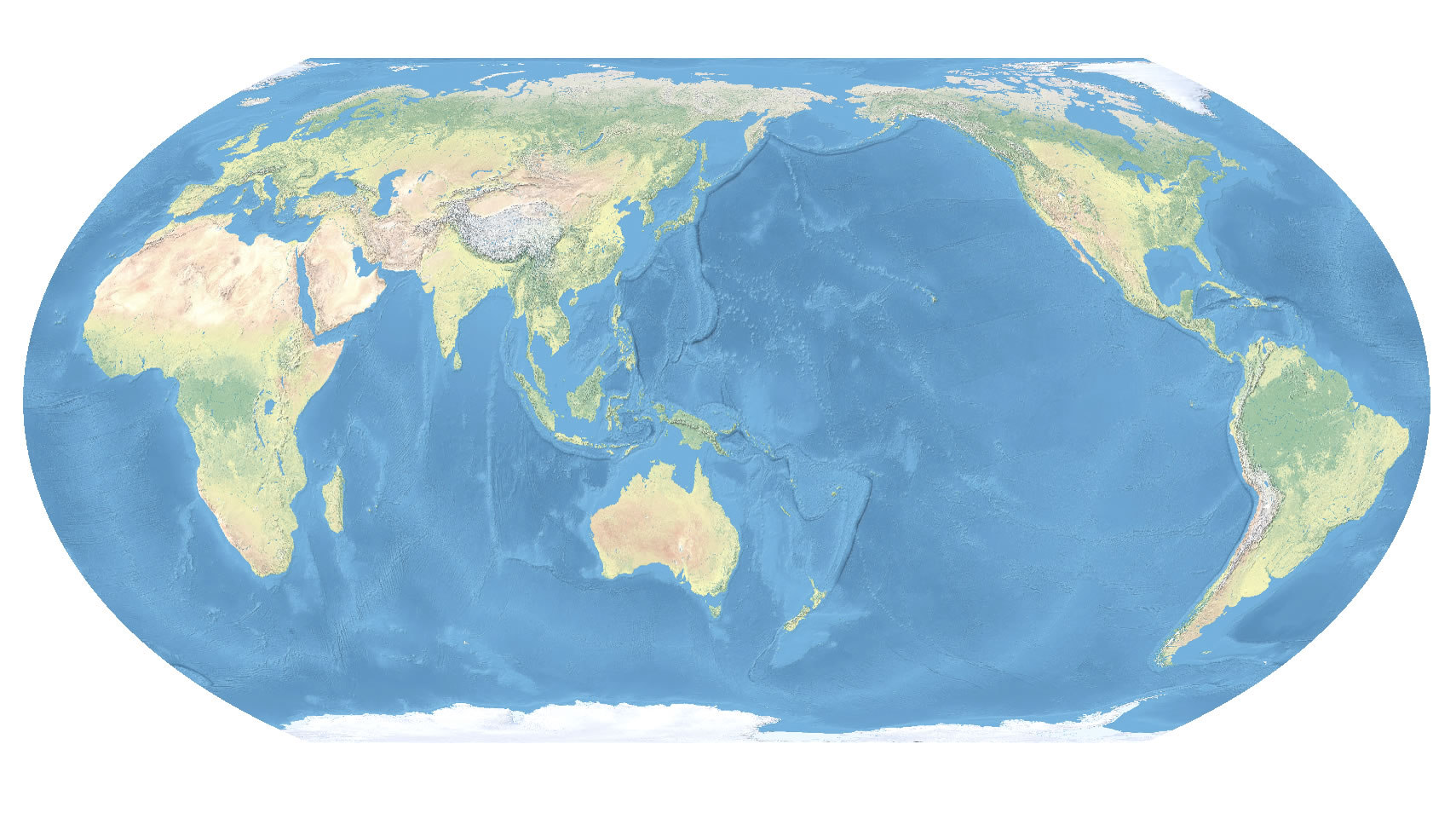
No. There are two reasons why this map definitely should not sport a north arrow.
The first (and admittedly debatable) reason is that this map is showing the whole world, in a generally north-is-up projection. The need for a north arrow diminishes with the scale of the map. Virtually anyone looking at this map would recognize that it is a world map, and the pervasive societal construct of north-as-up tips the scales towards a north arrow being less than critical.
The second, and absolutely rock-solid, reason is that a north arrow on this map would be lying to the reader. A helpful guide for how trustworthy a north arrow would be is to take a look at the map’s lines of longitude. If they bend, then there is no single “north” direction and a single north arrow would be fibbing for almost the entirety of the map.
Actually, just showing the graticule, like this, is the most honest version of a north arrow you can provide. Those reading the map can clearly see that northness is relative.
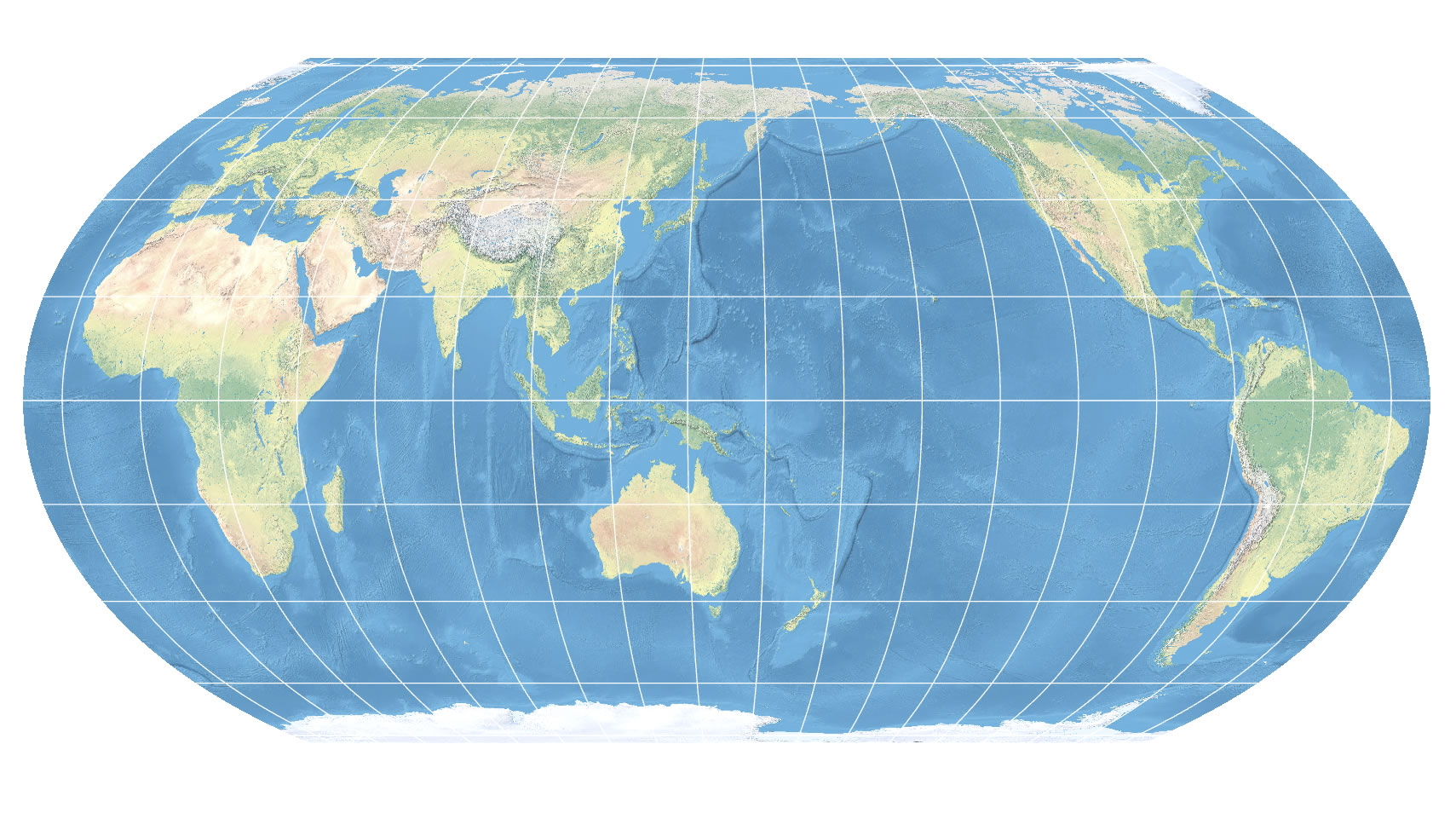
Here’s a map with lots of honest north arrows, which would be appropriate if the title of this map were, “Equal Earth Projection’s North Relativity.”
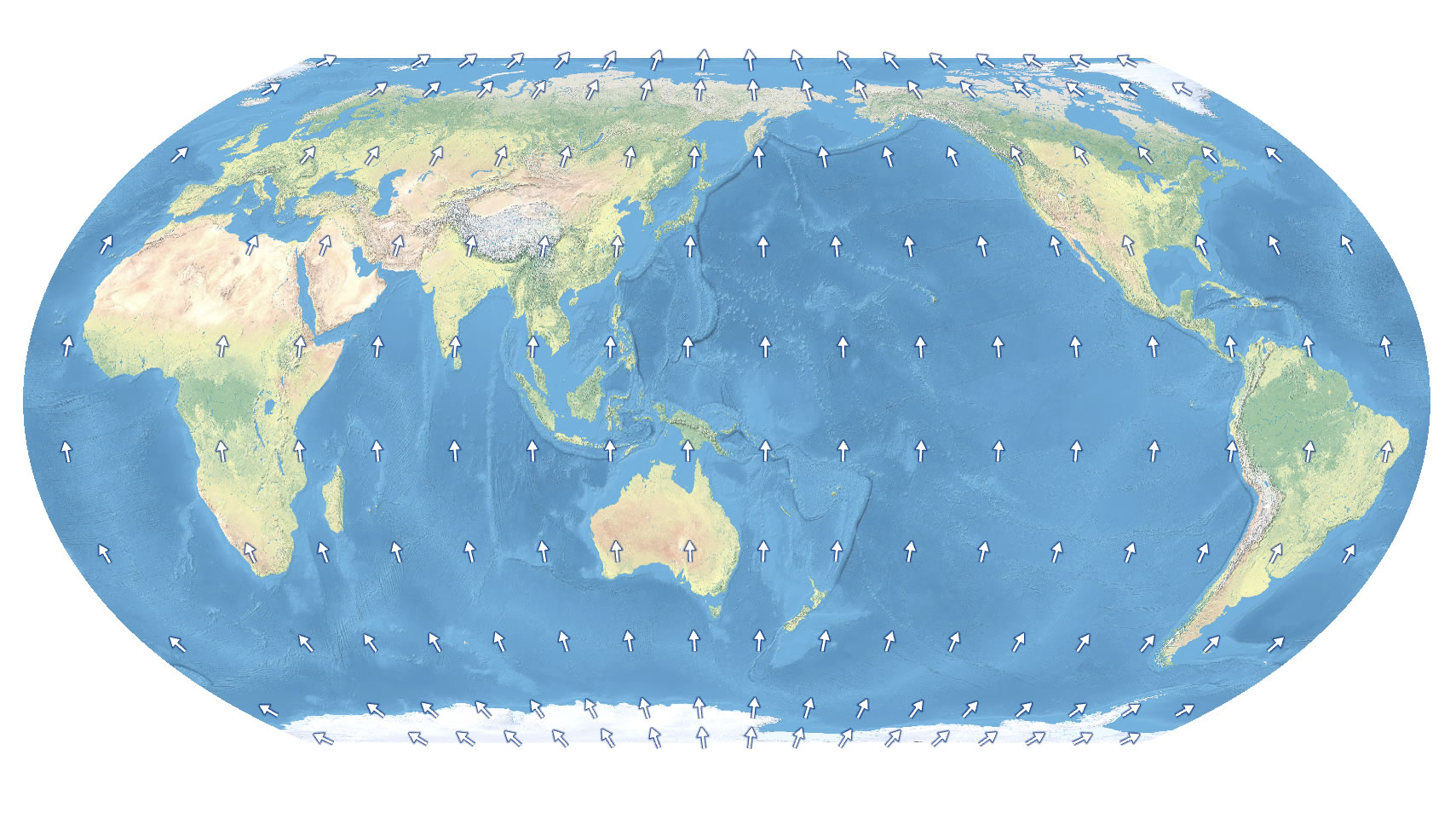
…
Should this Gall Stereographic world map have a north arrow?
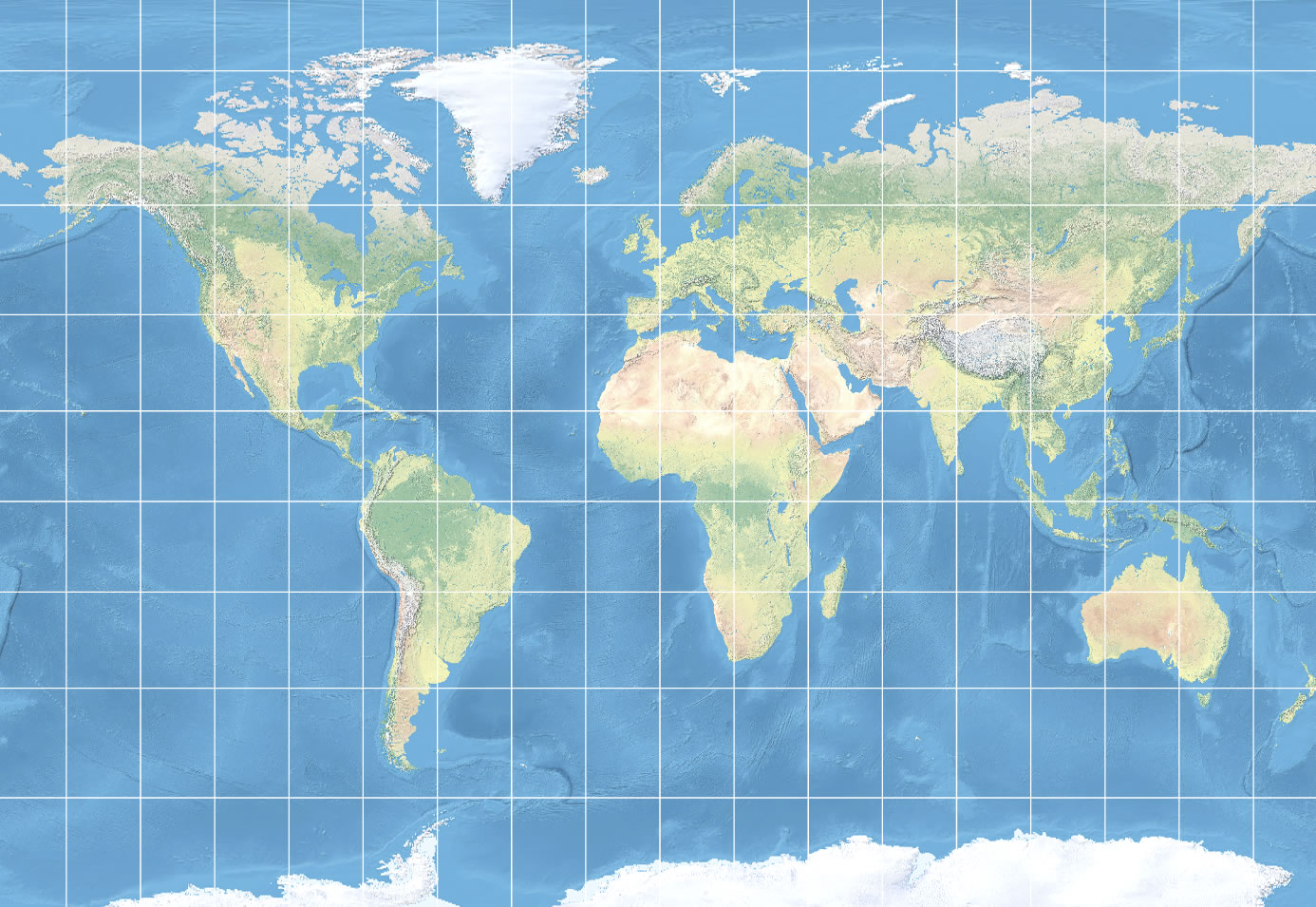
Ehhhh, probably not. Considering the global-perspective and north-is-presumed-up safeties, you could omit a north arrow on this map and it would be just as effective. But if you love a good north arrow or if your layout balance could use a nudge, then the good news is a north arrow would not be lying. Because Gall Stereographic is a cylindrical projection whose lines of longitude are parallel, a single north arrow tells the truth over the entire extent of this map. See?
Just like we tell our toddlers when they blurt out some embarrassing observation in public, “just because it’s true, doesn’t mean we have to say it.”
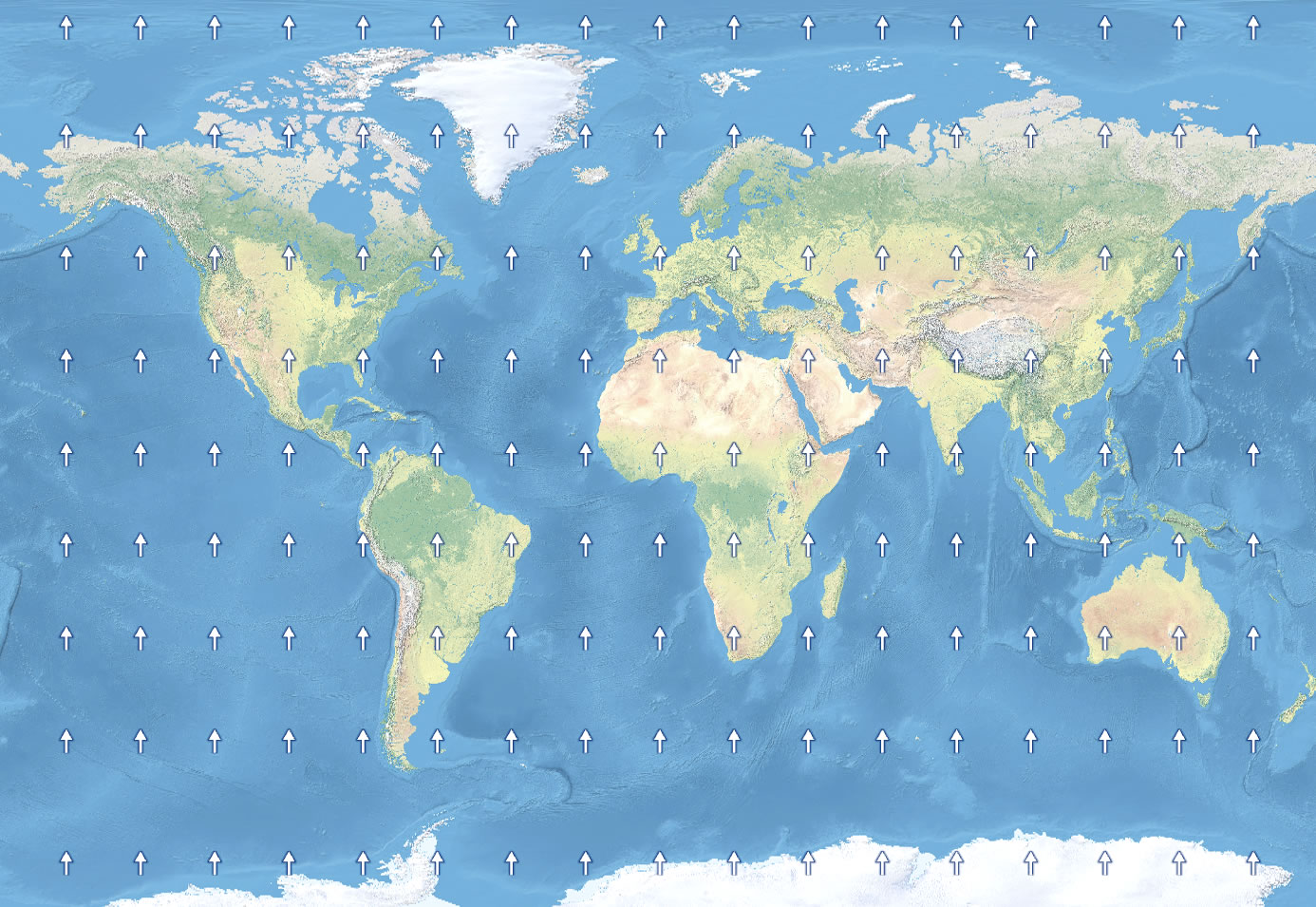
…
What about this national scale map in the Australia Albers projection?
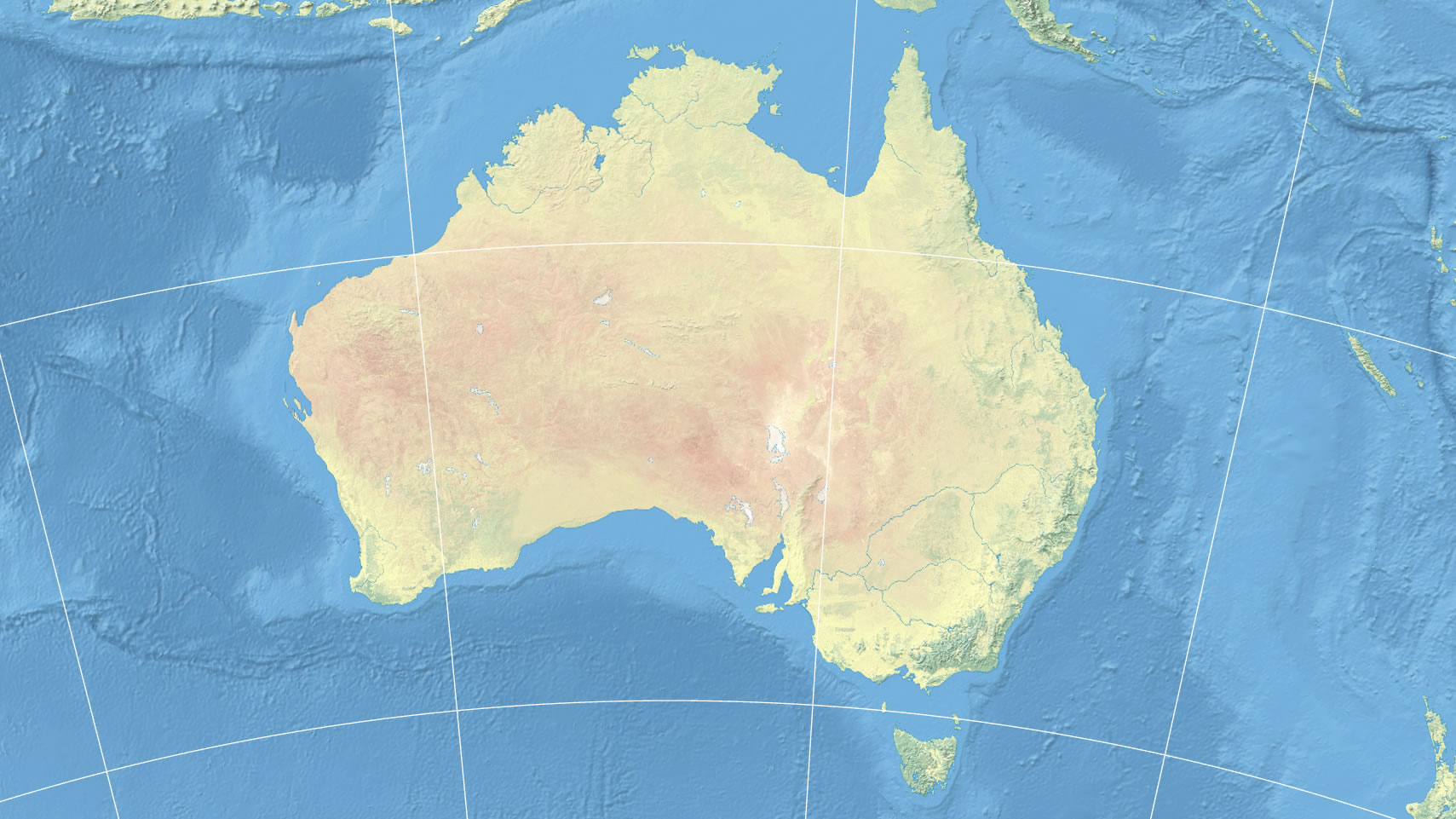
I wouldn’t recommend it. The way that the relative direction of north splays out means that a single north arrow would not accurately indicate north for most areas of the map. On the other hand, the angular difference isn’t much. So would a mostly-inaccurate north arrow do more damage than good? That depends on the purpose of the map, but because of this consider leaning towards no north arrow.
…
What about this map of Arizona in a Lambert Conformal Conic projection?
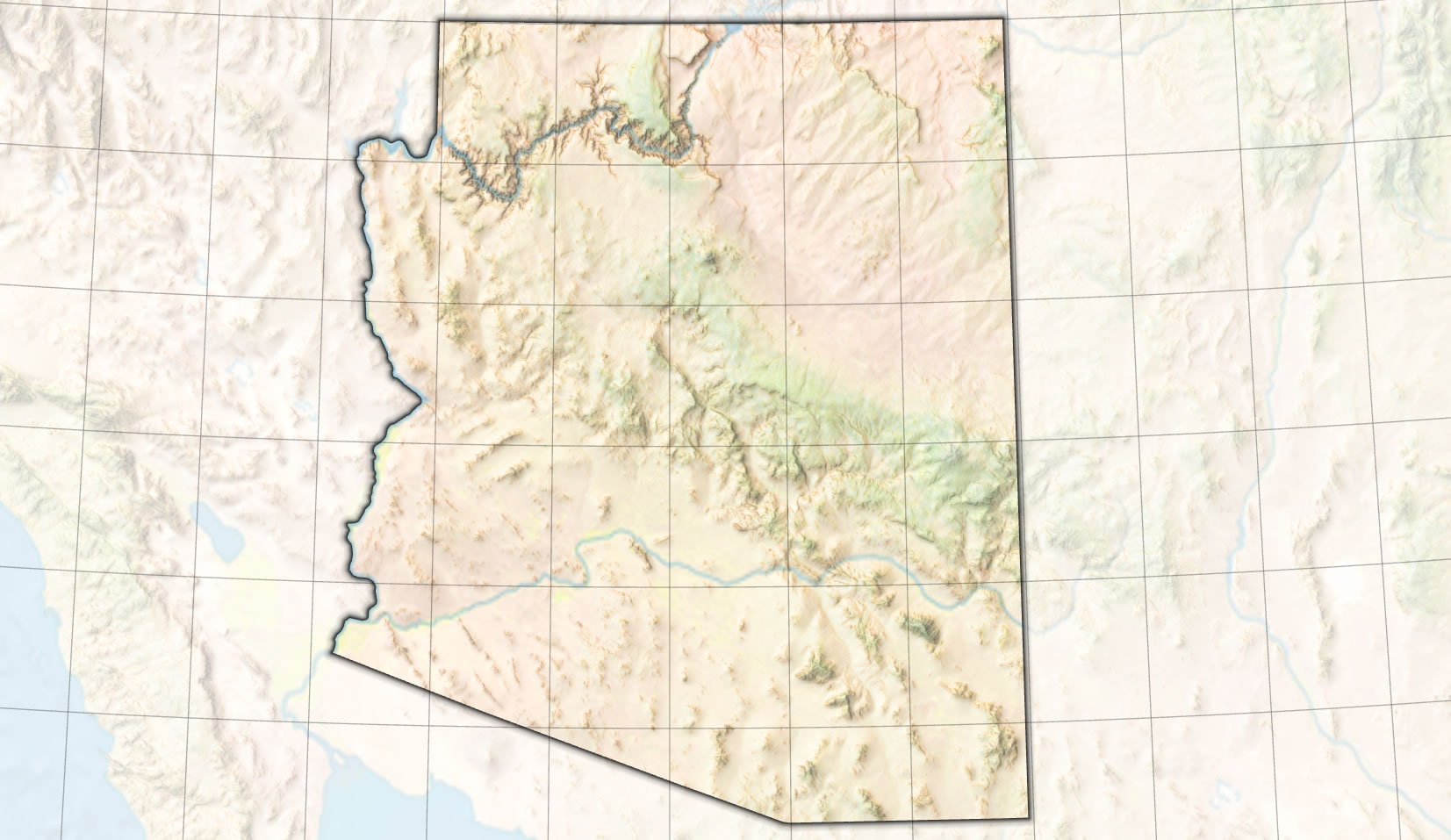
Maybe…but I wouldn’t. While the projection does introduce some local variability of north, we are at a much closer scale (state/region) so the intrinsic merits of a north arrow are increasing. If the map’s readers are less familiar with Arizona, then the north arrow might provide a small amount of comforting context even though it is not entirely accurate. However, an overview reference map (and the graticule that it already has) would serve this goal much more effectively than a semi-truthful north arrow.
…
What about this rotated and tilted 3D map of Arizona?
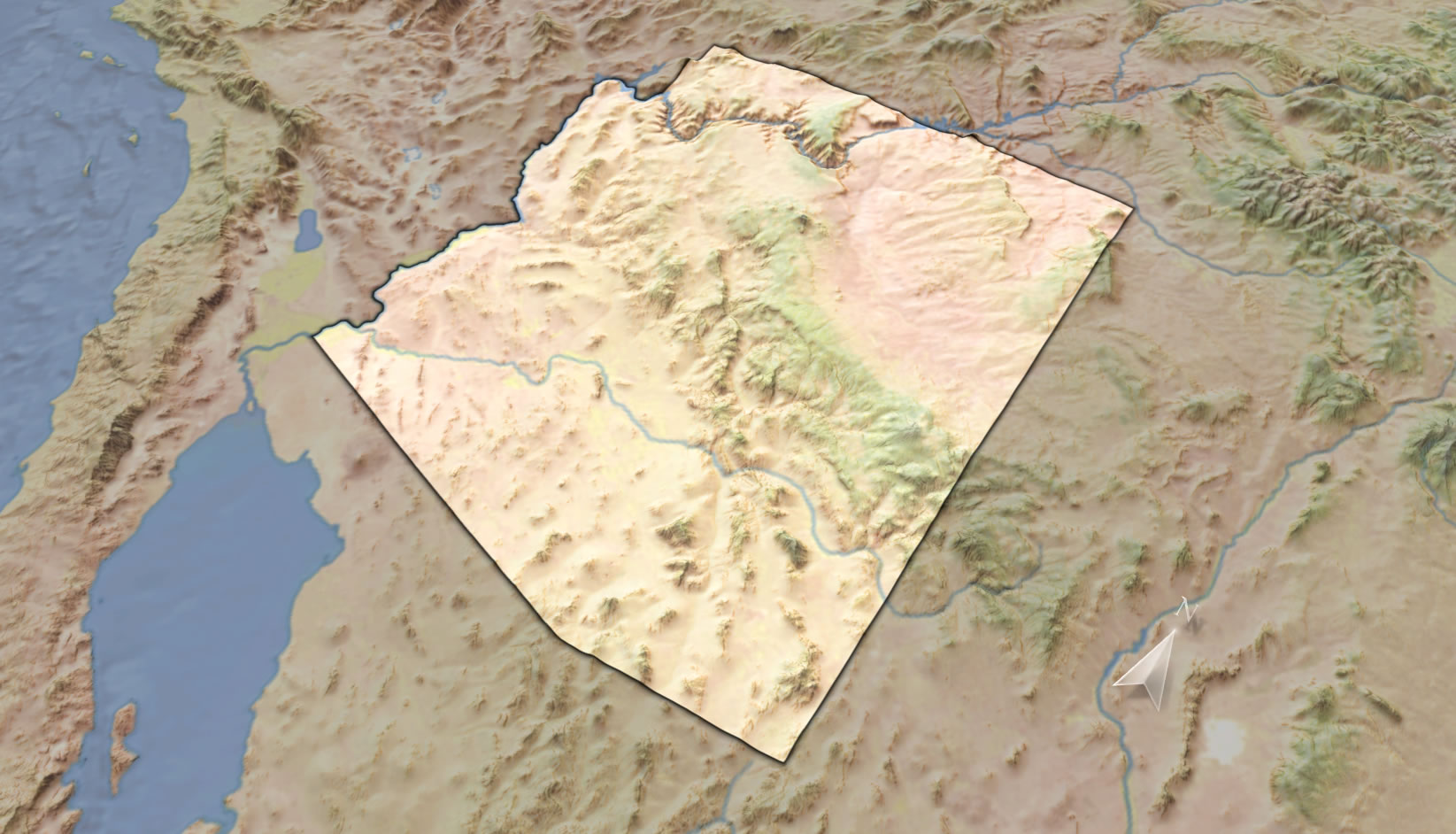
Yes. The 3D tilt, and rotated perspective, of the map introduces appreciable orientation complexity. This map’s readers might benefit from the ballast of a north arrow (get this glassy style of north arrow here).
…
How about this local scale map of Nelson, New Zealand?
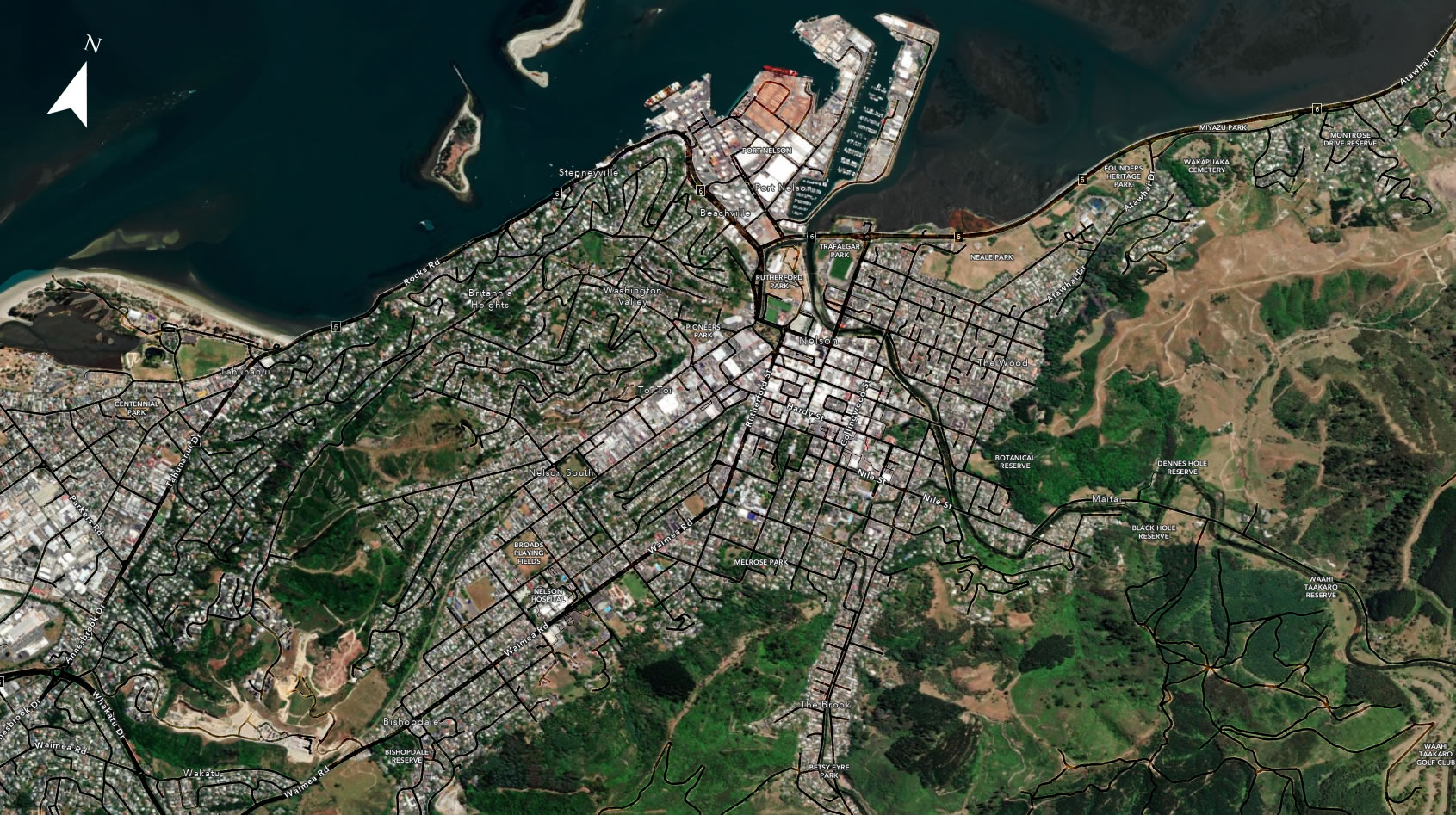
Yes. Its large scale (AKA zoomed in; here’s a trick for remembering large/small scale I have to use every time) means the need for a where’s north visual reference is strong. Additionally, it is using a projection whose north direction is other than straight up. Bring on the north arrow!
…
What about this closer look, showing Port Nelson, slightly rotated to better fit the layout extent?
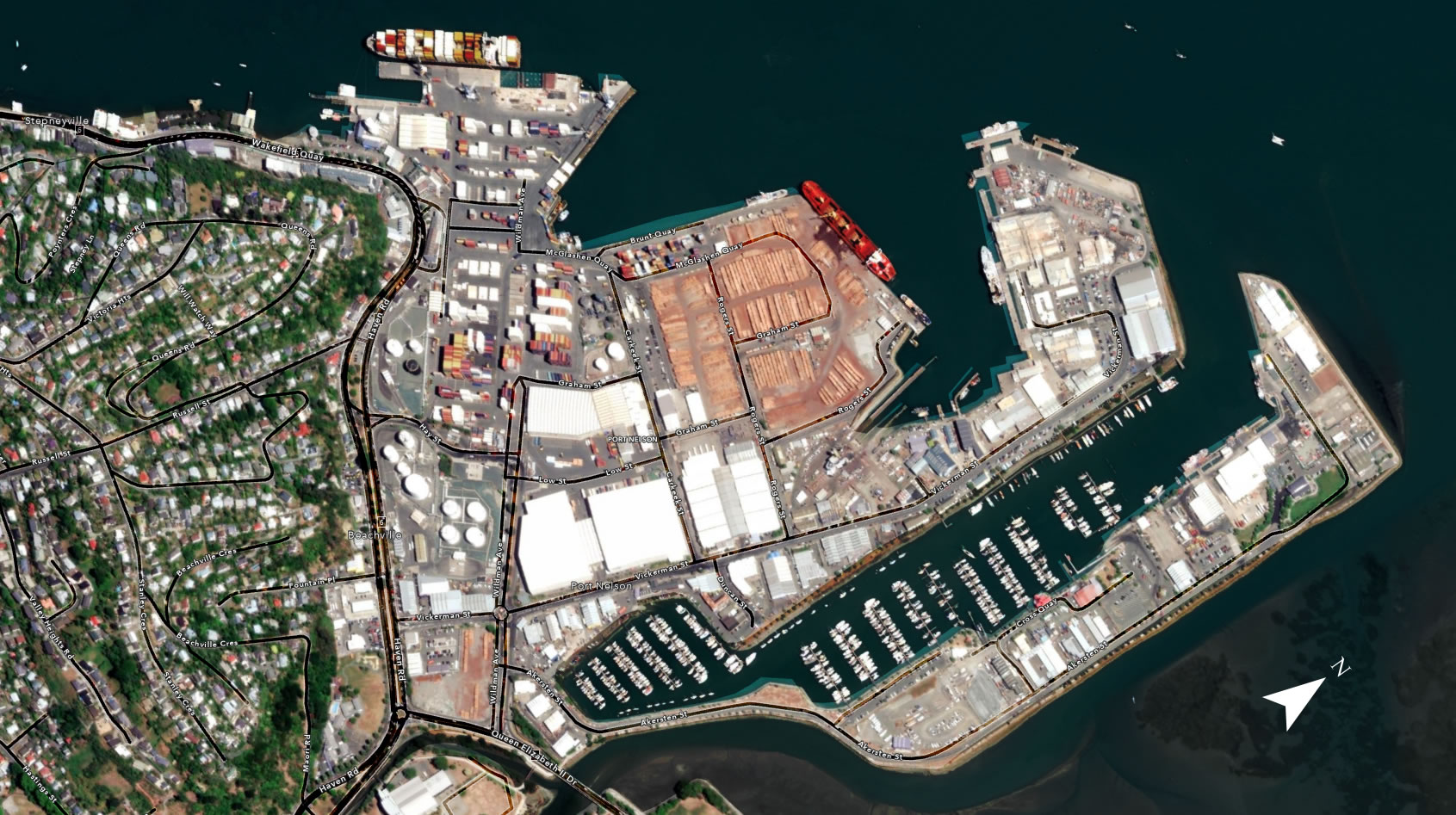
Absolutely. At a local scale such as this, with a significant off-north rotation, a north arrow is a prime player. Are there exceptions to this? Sure, there always are, but generally a north arrow should be an ingredient in this map unless there are powerful design/audience considerations that make it unnecessary.
…
Here are some things to consider as you ponder a north arrow for your map. Feel free to drop a comment with your own thoughts and advice, or disagree with the baseless claims I’ve made here.
- Designy Notes
- A north arrow should be a considered addition, not a dogmatic reflex.
- The north arrow design should compliment the map’s visual design.
- North arrows can probably be a lot smaller and simpler than you might think.
- North arrows don’t need their own neatline-cordoned section of the layout, just a cozy place to be tucked away.
- Graticules (latitude longitude grid) can often replace a north arrow, and they look cool.
- Consider making your own branded SVG or PNG north arrow.
- Maybe Not
- Global maps generally don’t need a north arrow.
- Maps whose north orientation varies considerably across the layout should not have a north arrow.
- The need for a north arrow decreases with the audience’s familiarity with the area.
- Maybe Yes
- Maps with an unconventional rotation angle should have a north arrow.
- The benefit of a north arrow increases with scale (as you zoom in).
Happy Northing! John

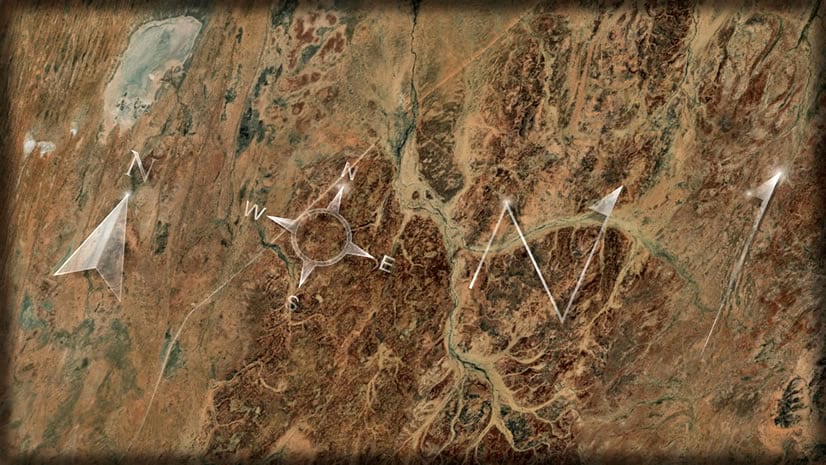
Article Discussion: